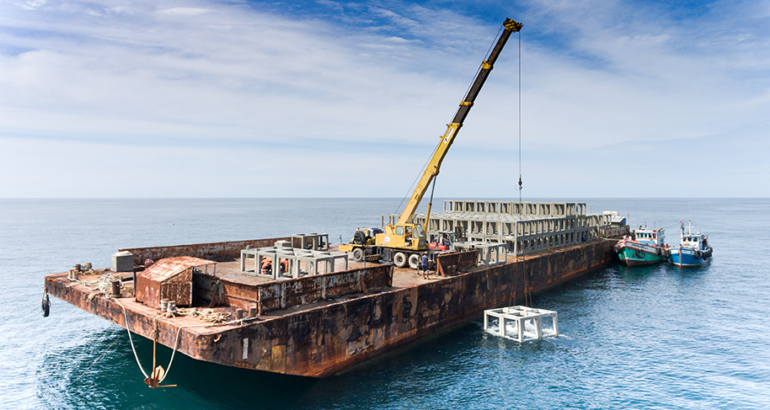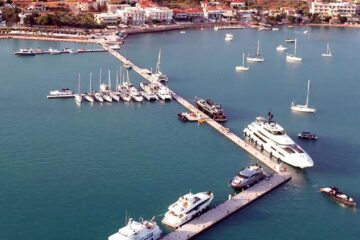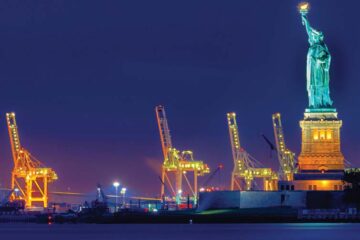When it comes to Marine Construction, floating vessels are utilized daily. Considering these vessels will generally have everything from cranes to large pile driving equipment to thousands of pounds of timber, steel or concrete piling strewn upon its deck, you combine this scenario with a barge that spends 9 months resting offshore in saltwater, you have a situation whereby inspection of the barge, push-boat, dredge or floating vessel becomes routine.
When it comes to the United States Coast Guard (USCG), waterborne vessels and their “floating equipment inspection and certification” are quite specific. The following are just some of their guidelines.
All floating equipment regulated by the USCG should have required USCG documentation that is current before being placed in service. A copy of the report should be posted in a public area on board the vessel. A copy of any USCG Form issued to the vessel in the preceding year should also be kept on board the vessel.
All barges, quarter boats and/or workboats or skiffs not subject to USCG inspection and certification or not having a current ABS classification should be inspected in the working mode annually by a marine surveyor accredited by the National Association of Marine Surveyors (NAMS) or the Society of Accredited Marine Surveyors (SAMS). These surveyors should have at least 5 years’ experience in commercial marine plant and equipment inspection.
- All other floating equipment should be inspected before being placed in use and at least annually by a qualified person.
- Any inspection should be documented, a copy of the most recent inspection report should be posted in a public area on board the vessel, and a copy should be available in the event an on board inspection is made.
- Any inspection should be appropriate for the intended use of the equipment being inspected, as a minimum, evaluate structural condition.
- Periodic inspections and tests should assure that a safe operating condition is maintained.
- Records of inspections should be maintained at the site and be available to any on board inspection or inspector.
- Any floating equipment or vessels found in an unsafe condition should be taken out of service and its use prohibited until unsafe conditions have been corrected.
Any captain should be in possession of a current, valid USCG license, which shall be posted in a public area on board the vessel, or correctly endorsed document as required by the USCG.
Severe weather precautions –
When barges or floating equipment may be endangered by severe weather (including sudden and locally severe weather, storms, high winds, hurricanes, and floods) plans should be made for removing or securing all vessels and the evacuation of personnel in emergencies.
Any in place “plan” should include:
A description of the types of severe weather hazards any vessel or equipment may potentially be exposed to and the steps that will be taken to guard against the hazards;
- The time frame for implementing the plan (using as a reference the number of hours remaining for the storm to reach the work site if it continues at the predicted speed and direction), including the estimated time to move the barge/vessel to safe harbor after movement is started;
- The name and location of the safe location(s);
- The name of the vessel(s), type, capacity, speed, and availability that will be used to move any non-self-propelled equipment;
- River/tide gage readings at which floating equipment must be moved away from bridge piling, fender systems, dams, river structures, etc., to safe areas;









